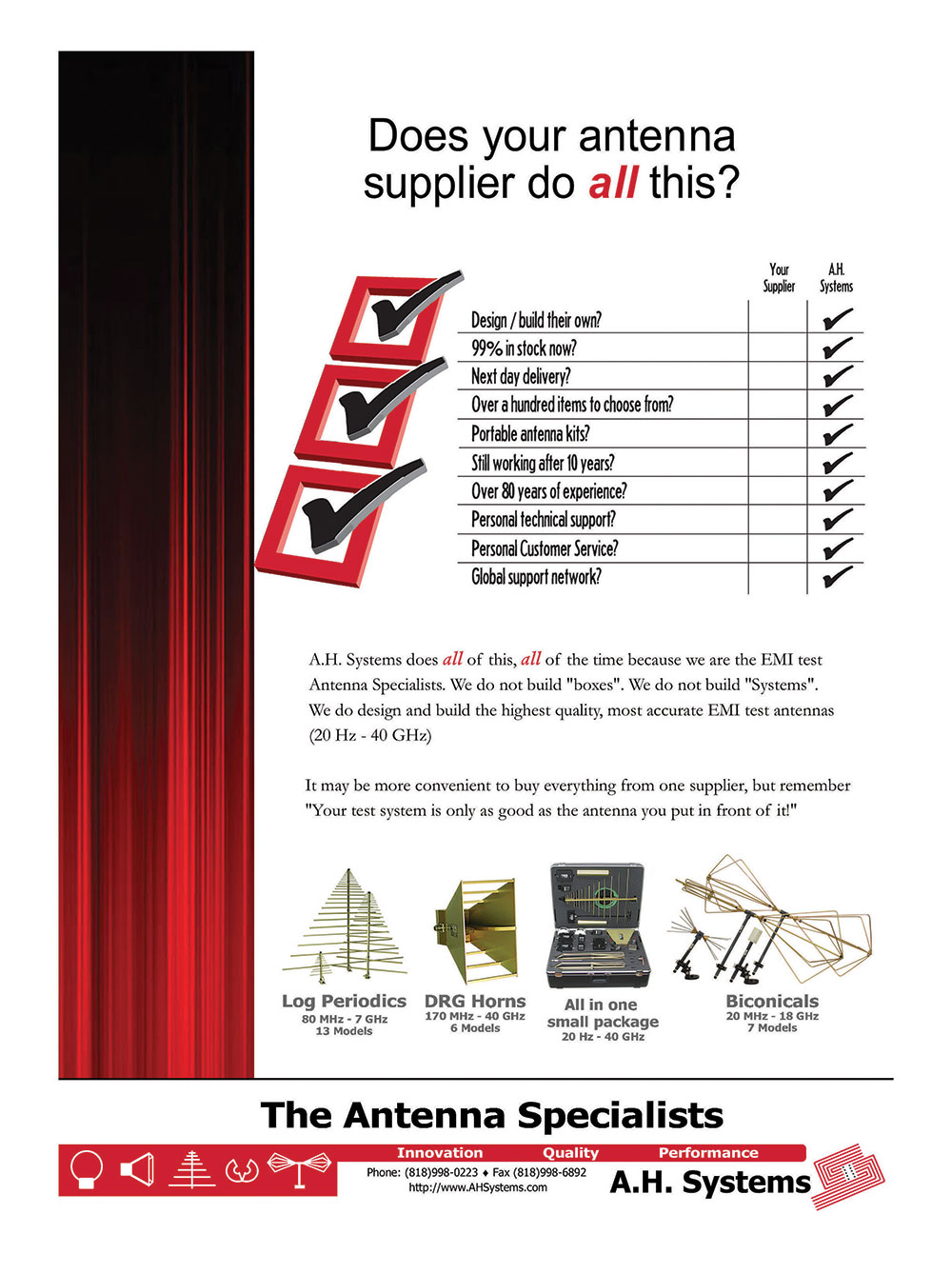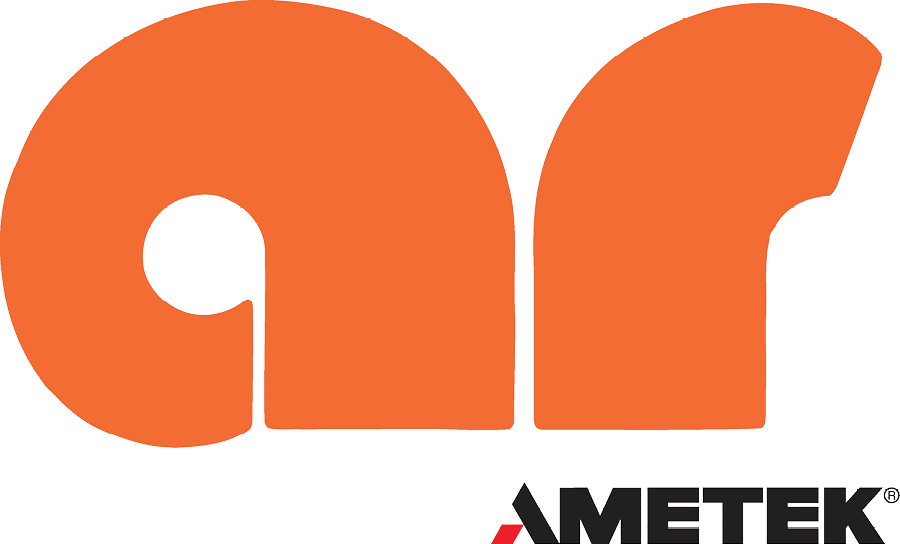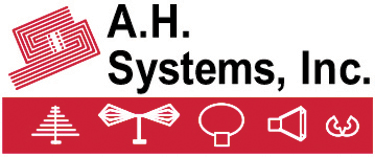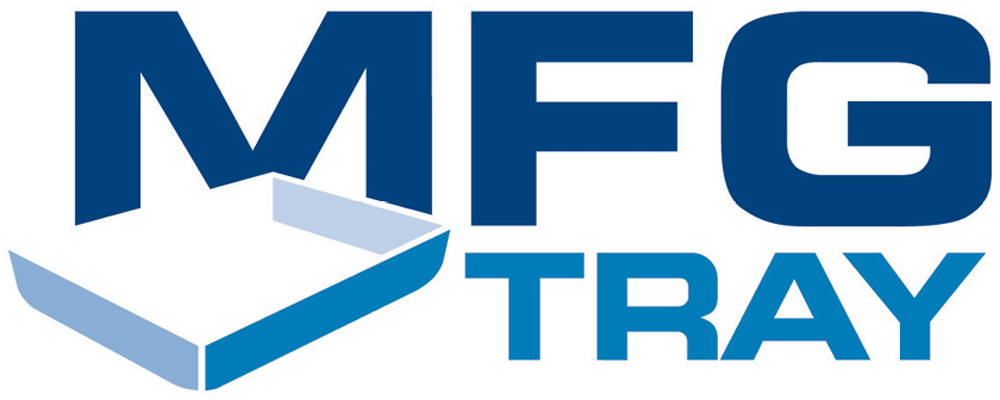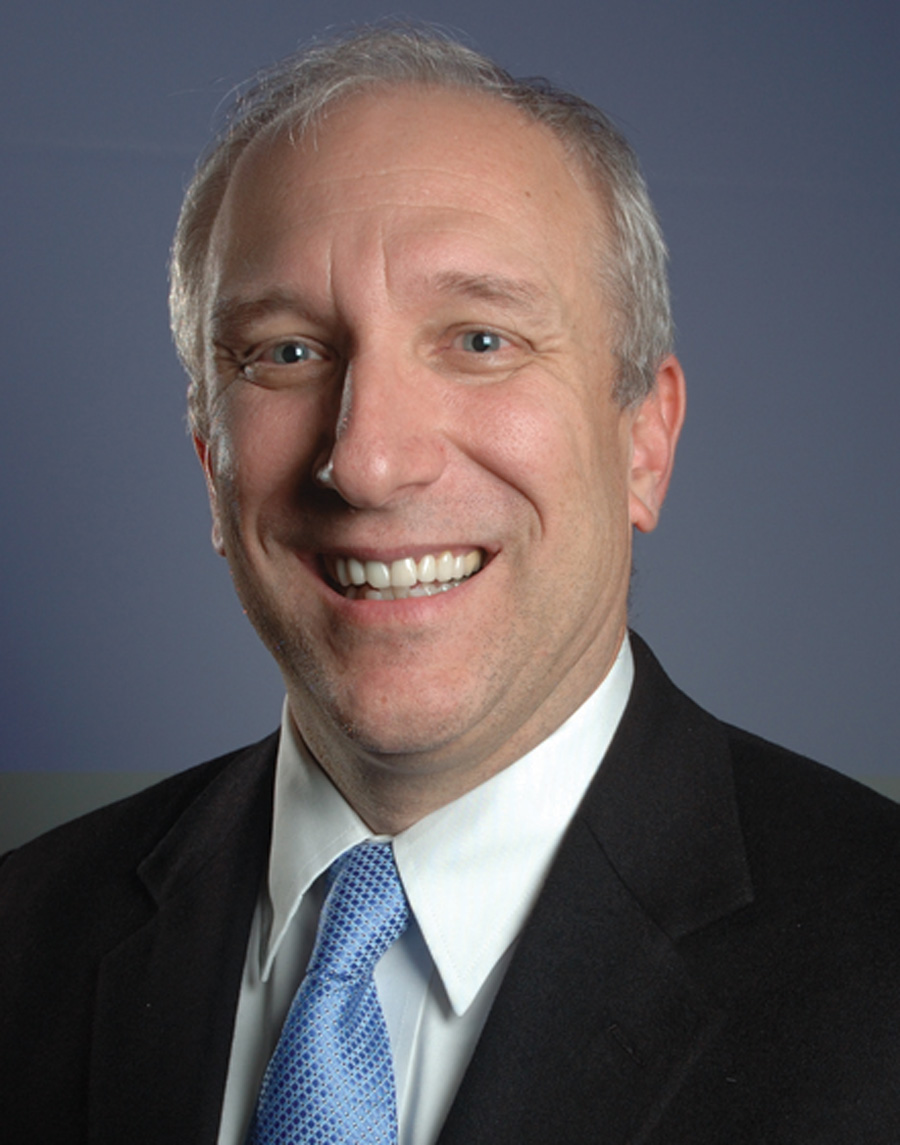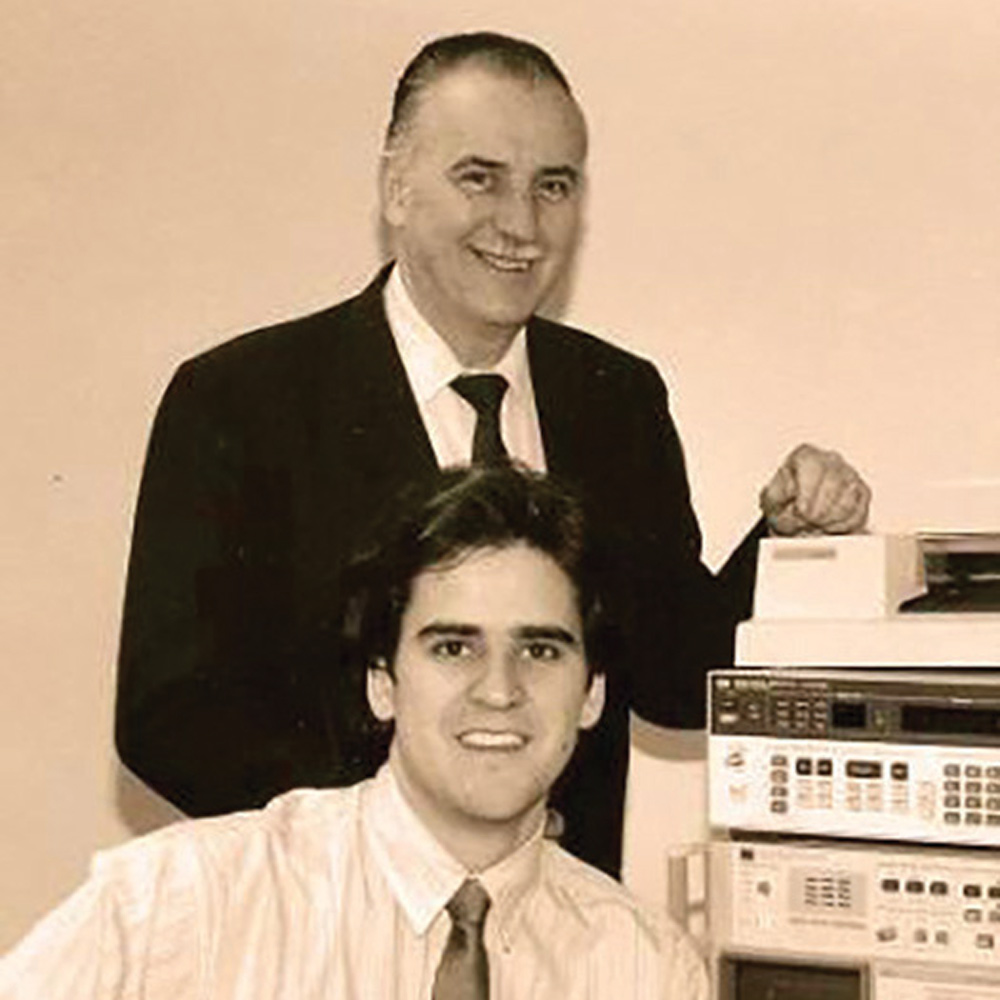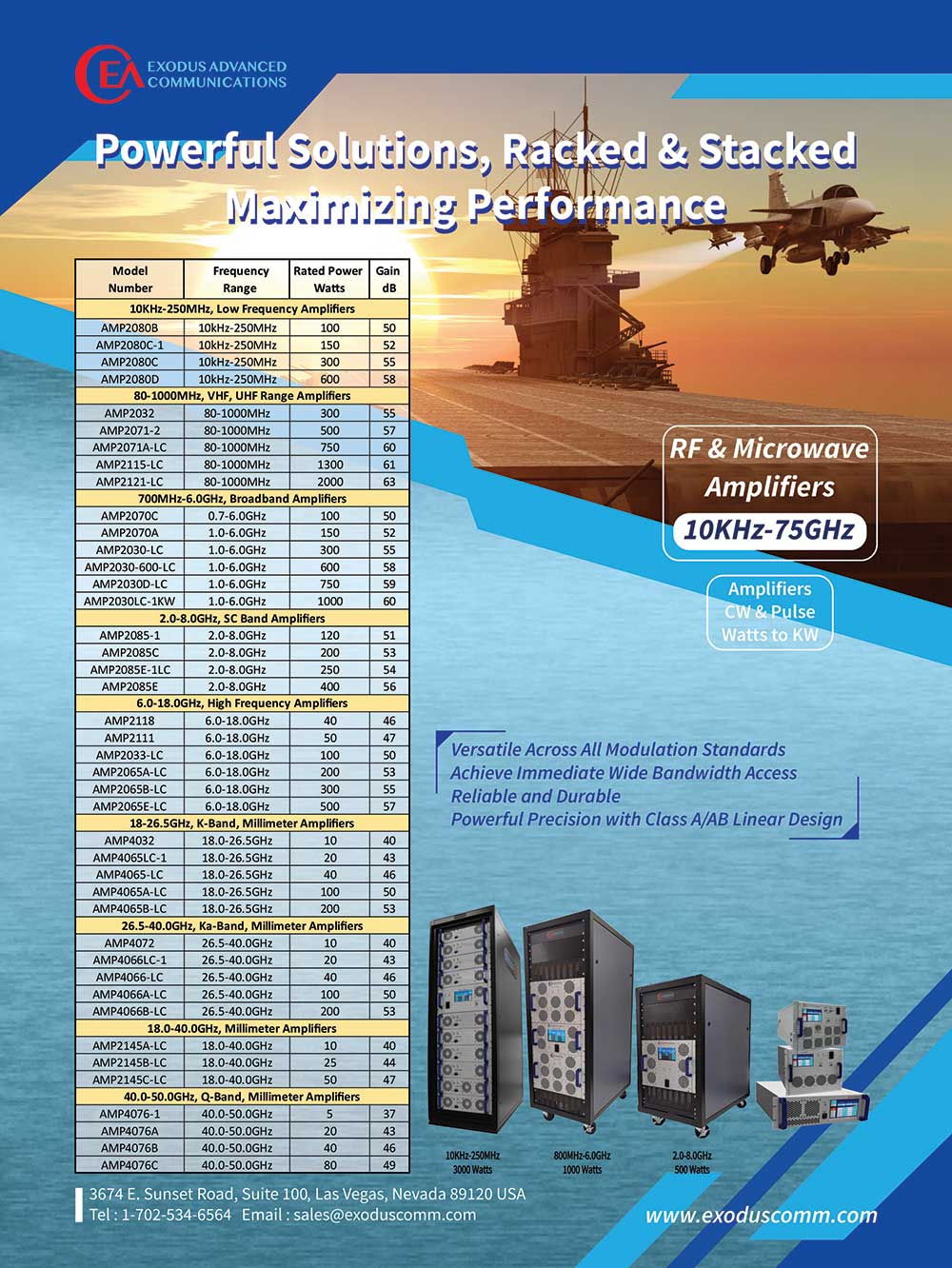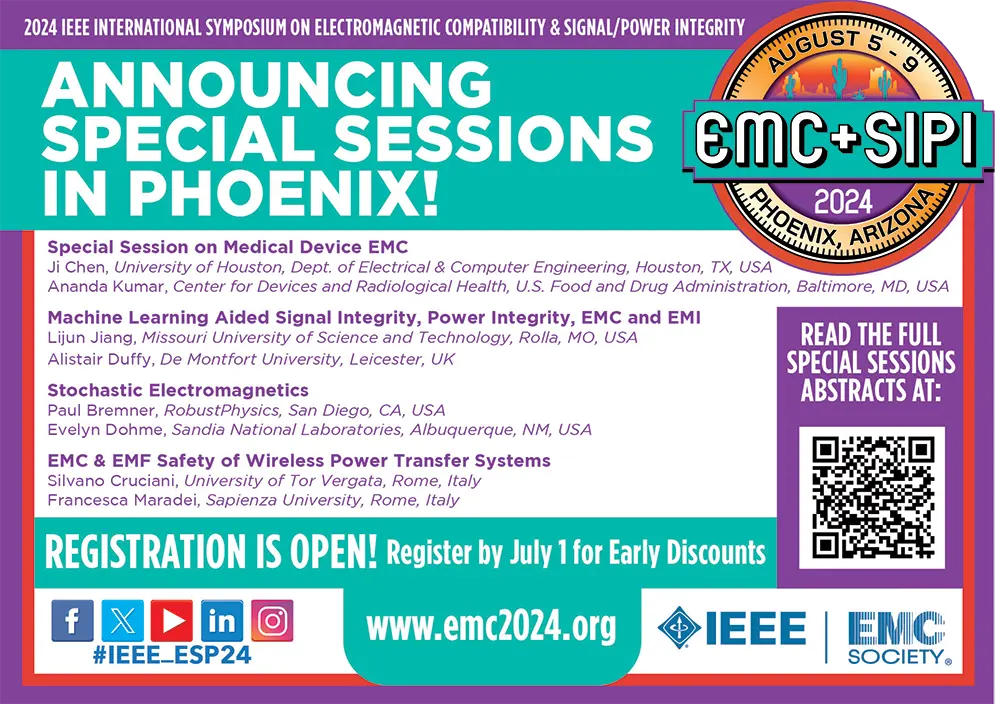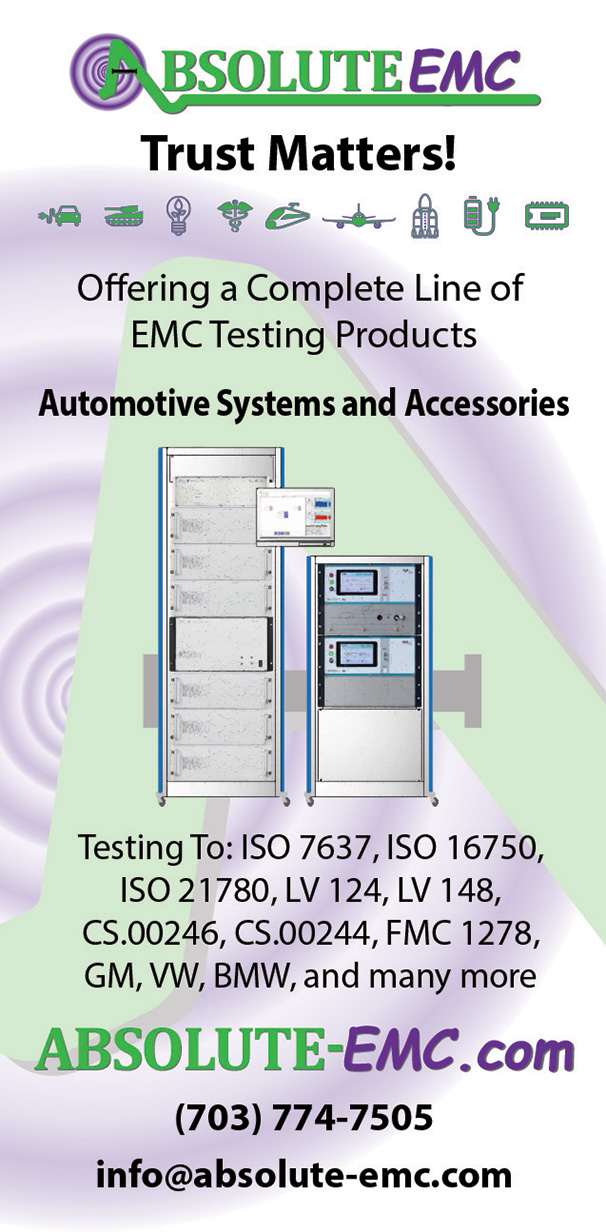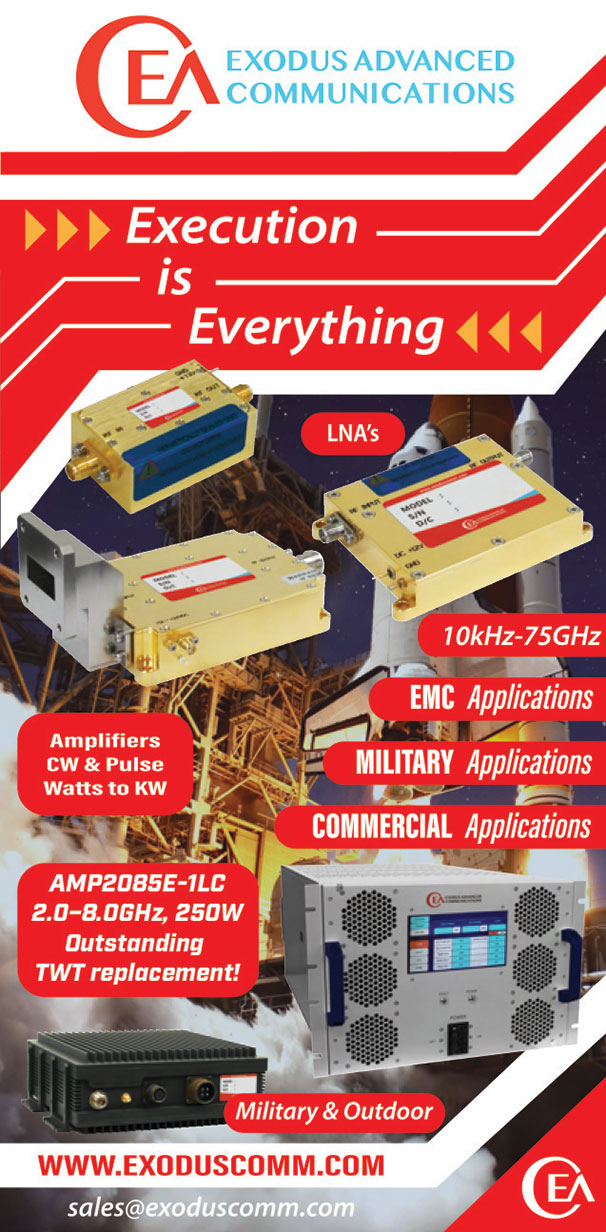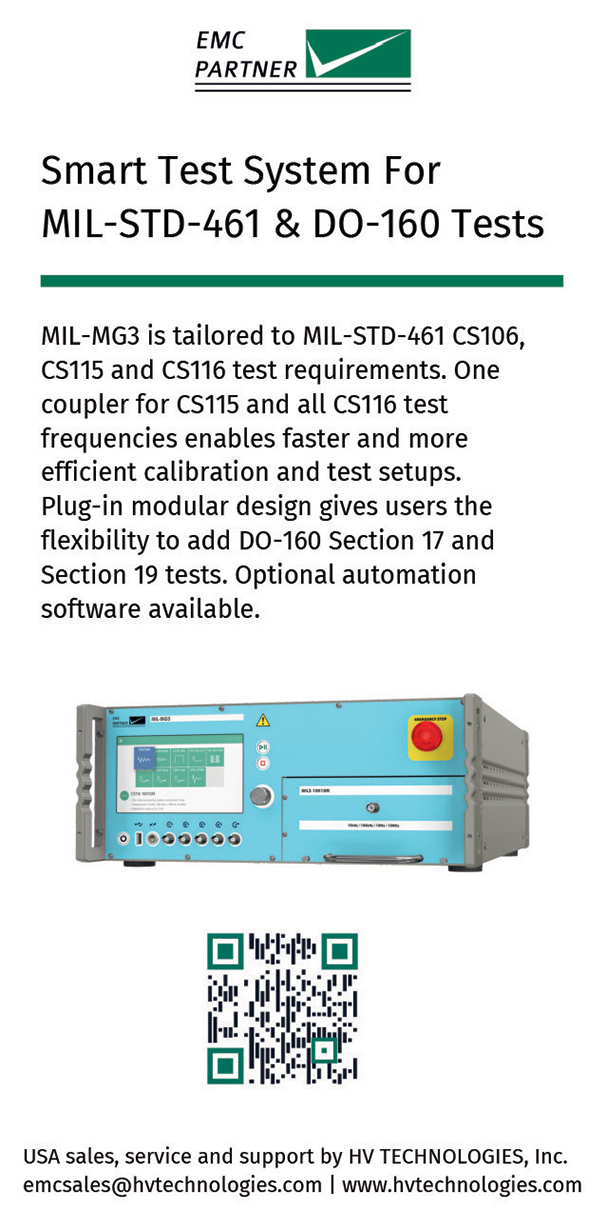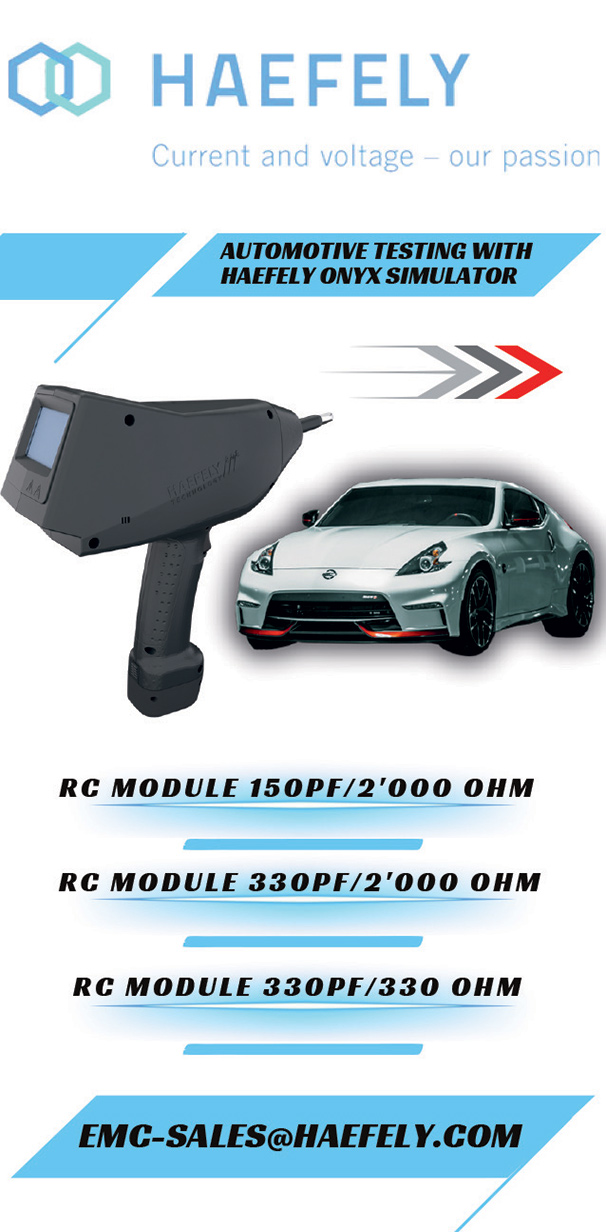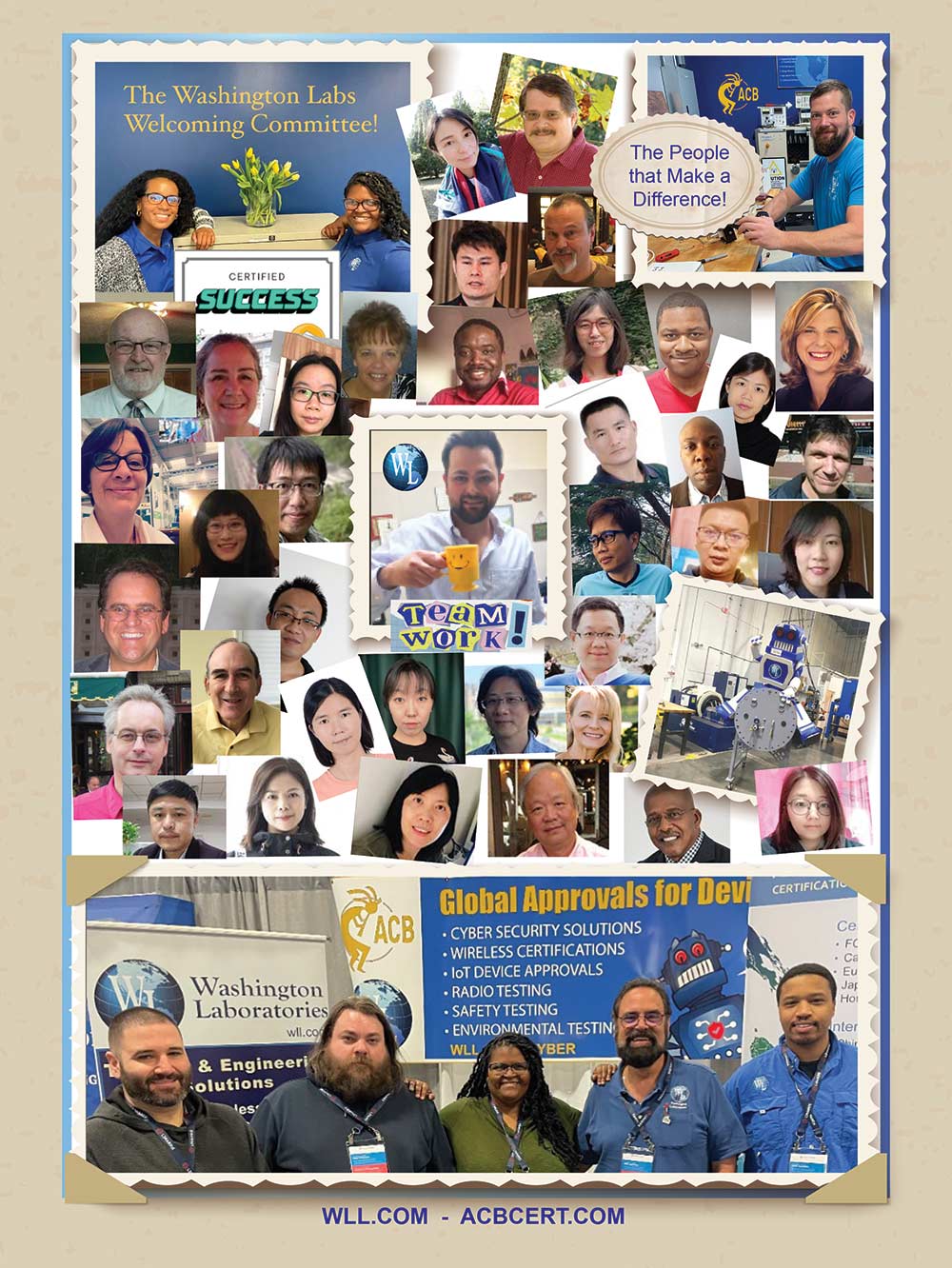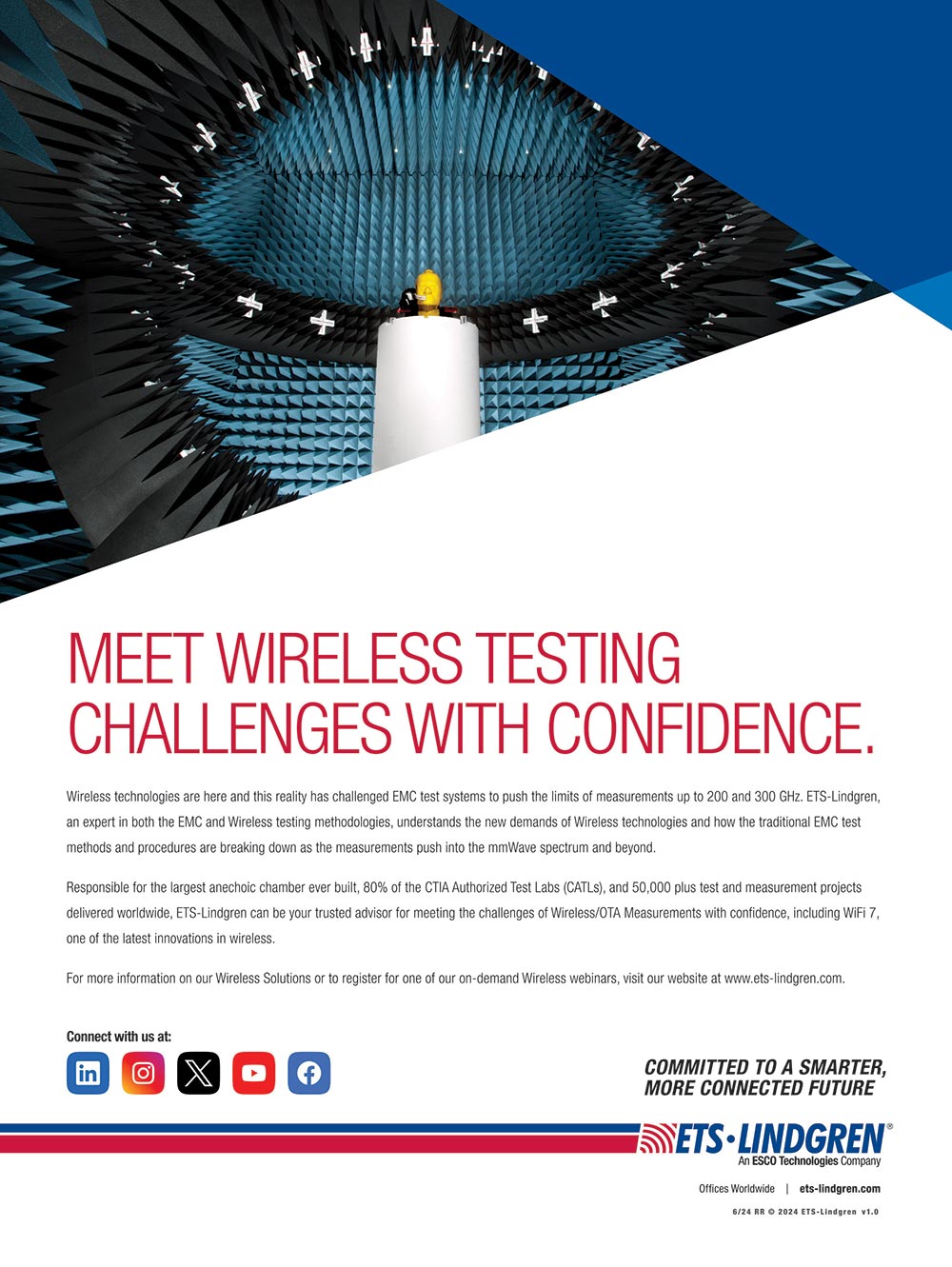

EMC Archaeology: A Tale of Two Meters
Expert Insights
EMC Concepts Explained
Hot Topics in ESD
Banana Skins
EMC Archaeology: A Tale of Two Meters
Expert Insights
EMC Concepts Explained
Hot Topics in ESD
Banana Skins
For more information on AR Amplifiers, visit www.arworld.us
Or contact us at info@arworld.us & 215.723.8181
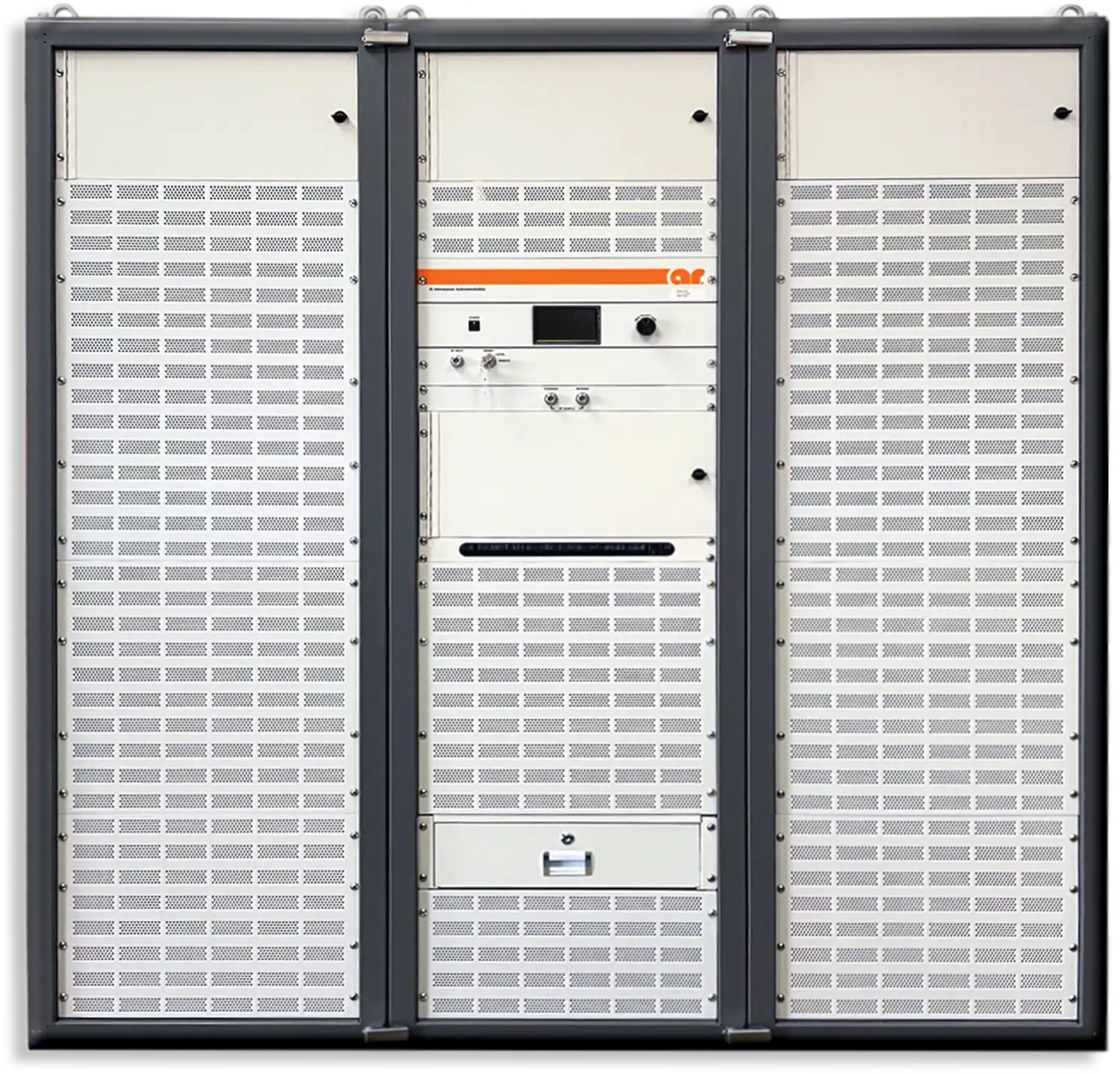
It is with immense pride and gratitude that we celebrate a significant milestone in the history of In Compliance Magazine – the publication of our 175th issue. This achievement is a testament to the dedication, hard work, and unwavering support of our entire community, including our talented writers, industry experts, loyal advertisers, and most importantly, you, our readers.
Since our inception, In Compliance Magazine has been committed to providing the electronics compliance community with the most comprehensive, reliable, and engaging content possible. We have strived to be your trusted source for industry news, technical insights, best practices, and thought-provoking perspectives on the ever-evolving world of electronics compliance.
As we reflect on the past 175 issues, we are filled with a deep sense of gratitude for the incredible community that has grown around In Compliance Magazine. Your passion, expertise, and willingness to share your knowledge and experiences have been the driving force behind our success. We are inspired by your commitment to excellence, your innovative spirit, and your tireless efforts to create a safer, more compliant world.
Looking ahead, we are excited to continue serving as your partner and resource in the electronics compliance field. We remain dedicated to delivering the high-quality content and valuable insights you have come to expect from In Compliance Magazine, while also exploring new ways to engage, inform, and support our community.
Thank you for being a part of our journey and for trusting us to be your guide in the dynamic world of electronics compliance. We look forward to continuing to grow and learn together, and to celebrating many more milestones in the years to come.
With heartfelt appreciation,
The In Compliance Magazine Team

ISSN 1948-8254 (print)
ISSN 1948-8262 (online)
is published by
Same Page Publishing Inc.
451 King Street, #458
Littleton, MA 01460
tel: (978) 486-4684
fax: (978) 486-4691
©Copyright 2024 Same Page Publishing, Inc. all rights reserved
Contents may not be reproduced in any form without the prior consent of the publisher. While every attempt is made to provide accurate information, neither the publisher nor the authors accept any liability for errors or omissions.
editor-in-chief
Please contact our circulation department at circulation@incompliancemag.com
According to a press release issued by the FCC, forfeiture penalties have been issued against Sprint…
The “2024 CDRH Safety Report” is a 10-page slide deck highlighting the agency’s recent and current efforts to support its regulatory vision for medical devices…
This year, Mark Steffka, who began as an adjunct professor in 2006 while working at General Motors and later transitioned to full-time teaching in 2019, was awarded the prestigious Faculty of the Year award for the Engineering department.
This recognition comes as Steffka approaches his retirement at the end of the 2024 school year, celebrating his outstanding teaching and dedication to student success throughout his time at Detroit Mercy.
 Visit In Compliance’s booth at these events!
Visit In Compliance’s booth at these events!mmWave Communications Technologies Webinar
June 16-21
 International Microwave Symposium (IMS)
International Microwave Symposium (IMS)
June 17-20
Military Standards 810 (MIL-STD-810) Test Training
June 18-20
The Battery Show Europe
June 24-26
Sensors Converge Expo
July 11
MIL-STD 461/810 Webinar
2024 IEEE International Symposium on Antennas and Propagation
July 15-18
Military Standards 810 (MIL-STD-810) Test Training
August 5-9
 2024 IEEE International Symposium on Electromagnetic Compatibility, Signal Power Integrity (EMC+SIPI)
2024 IEEE International Symposium on Electromagnetic Compatibility, Signal Power Integrity (EMC+SIPI)
August 15
Integrating Modules

ith all the many pressures you have as a product designer, does electromagnetic compliance (EMC) always seems like a stumbling block to delaying product sales? Is your product exhibiting one of the top three failures; radiated emissions, electrostatic discharge or radiated immunity? Are you continually cycling between design/fixing – running to the compliance test lab – failing again – and back to shot-gunning more fixes? Wondering how to attack these issues earlier in the design cycle? Would you like to learn how to characterize and troubleshoot simple design issues right on your workbench? Then this is monthly column is for you!
Unfortunately, most colleges and universities fail to include courses on electromagnetic compatibility, so most product designers are forced to “learn the hard way” through multiple compliance failures. In today’s world of multiple digital products and wireless wearables, product‑to‑product compatibility becomes important. Products must be designed so they don’t interfere with other products or communications system (limits on emissions) and must continue to work in an environment with radiated fields (ex., two-way radios) and power line transients (immunity). Compliance testing must be performed for the U.S and worldwide markets before sales can start. Compliance failures are often a roadblock to sales.

ecause the typical RF amplifier costs a considerable amount of money, it is important to gain at least a rudimentary understanding of amplifier operational classes and other important specifications before selecting one for a specific application. Not performing some type of “due diligence” could cost dearly. As such, the following provides rudimentary knowledge and additional references should one decide to dig deeper into this very important subject.

ne question I have heard is, ‘What is the RTCA?’ In the EMC field, most people know the RTCA as the group that creates the aeronautic environmental standard DO-160. However, beyond establishing tests and test levels for environmental testing of avionics, the RTCA’s work reaches far beyond DO-160.
The Radio Technical Commission for Aeronautics, now known as RTCA, was established in 1935 with a focus on the standardization and assurance of safety of radio communication and radar systems. This led to other developments, such as a common system for air traffic controllers across the United States. The work is not specifically performed by the RTCA but rather by groups and committees of industry experts and specialists in a specific field. In doing so, industry has a direct say in how standards are established while recognizing that the quality of these standards must be maintained at a high level.

omeone noticed an Amateur Radio logo I was wearing and asked the question, adding that a relative had been a “Ham” once upon a time, but does “Ham Radio” really still exist because “Didn’t cell phones do away with all that?”
That misconception is not unusual and with good reason. For the general public, communication has always focused on reaching out to friends and relatives or for business reasons. Why would anyone go to all the work to set up a radio station and an antenna just to do that?
Of course, that was never the reason for a Ham to set up a station. Ham’s use their cell phones just like everyone else. They use their personal radio stations for other reasons. In fact, Amateur Radio stations are licensed by the federal government for specific Services: (Emergency communications, advancing radio technology, radio “art,” providing a pool of trained communications experts, and advancing international goodwill.).


(925) 249-9123 | https://www.tuv.com/us/en
Director of Wireless Services
(888) 786-7555 | https://www.element.com/connected-technologies
Technical Director, Regulatory Approvals
Element’s comprehensive testing and certification services for any wireless device – from medical devices to wearables to handheld devices to connected vehicles – span the entire product lifecycle, from R&D to Reality, including GMA.
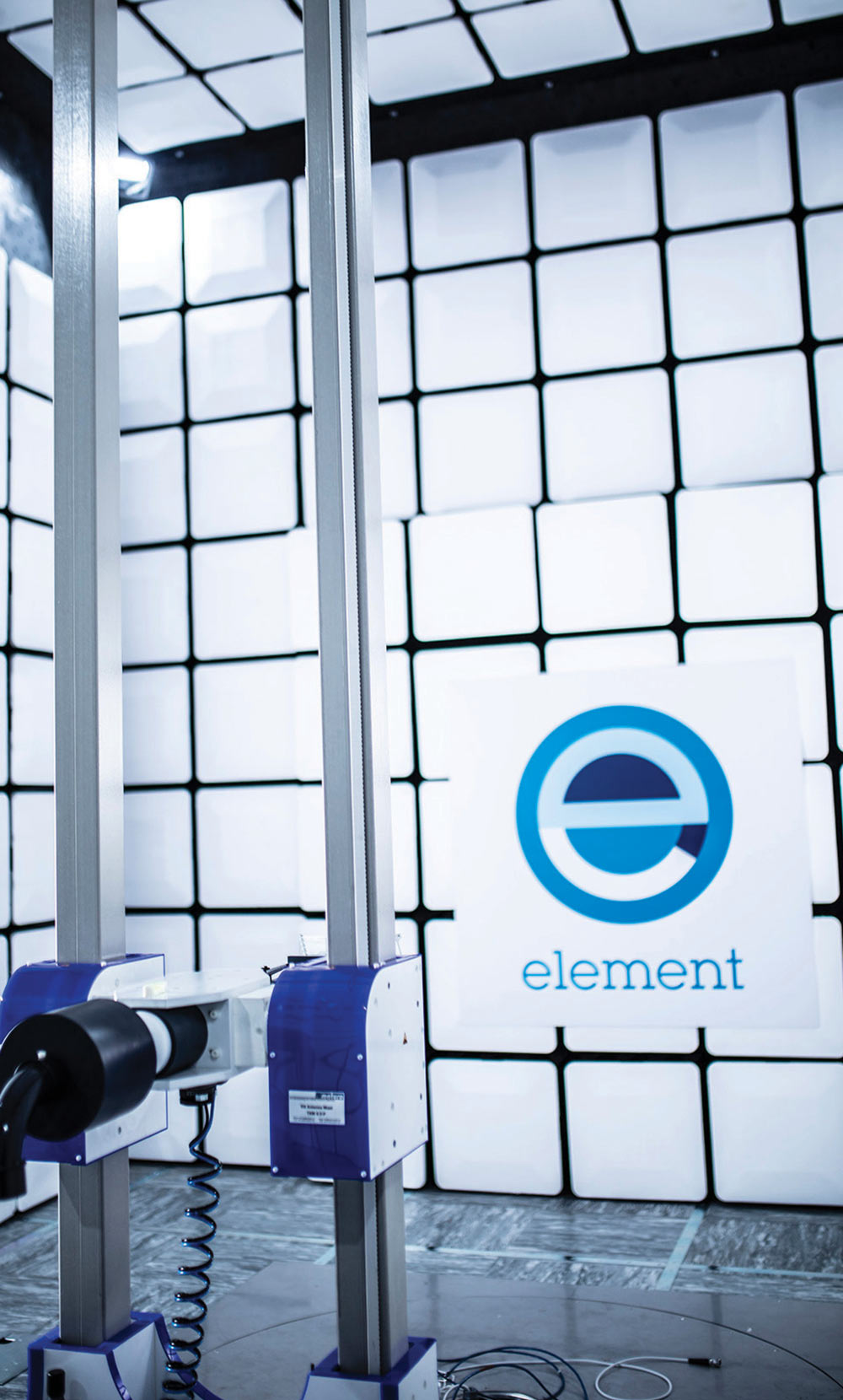

(301) 216-1500 | https://www.wll.com
Our founder and my father, Dr. JL Norman Violette, brought this to bear growing up in of all places: China, Maine, a dirt‑poor part of these United States and not far from Mud Pond, where the catfish scrabbed for worms and such, and Dad would catch a few and bring them home for dinner. From those modest beginnings on a simple farm with chickens, cows, and a few apple trees, Dad exhibited remarkable courage to start a business and an unparalleled talent for teaching that inspired many to achieve more.
From compliance testing to design reviews to specialized test services, from consulting to customized seminars, Washington Labs offers state-of-the-art facilities and superior engineering and testing services. Our knowledgeable staff helps get your company’s products to market faster.
The modest origins of Washington Labs provide the building blocks of our mission because worth, purpose, and care mean something and that is a legacy worth pursuing.

emand for high-volume data streams in the current market for modern wireless communication systems is growing at a fast pace. In order to keep up with the trend to higher throughput requirements within unchanged bandwidth limitations, long-term evolution (LTE) technology has become a popular solution for replacing the transfer of data over 2G/3G communication networks. Although 5G is gaining ground in big cities and throughout the developed world, LTE is still the primary cellular standard in most countries around the globe. The popularity of LTE is driven in large part by the low cost and high performance it delivers. LTE can potentially reach a raw bit rate of 300 Mbps in the downlink channel using advanced MIMO configurations. Further, voice over LTE (VoLTE) enables voice transmissions.
Another major advantage of LTE is that 2G and 3G services are being switched off in many parts of the developed world. As a result, the default fallback system for emergency scenarios is the 4G LTE network.
Other than providing the standard of choice for commercial networks, LTE is also often used to broadcast emergency information in times of natural disasters and national crisis situations.

n response to rapid technological advancements in the medical device field, regulatory bodies like the U.S. Food and Drug Administration (FDA) and Health Canada are actively working to ensure that applicable standards are in place that thoroughly account for these innovations.
The first edition of IEC 60601-1, titled “Medical electrical equipment – Part 1: General requirements for safety,” was published in 1977. This standard laid down the basic fundamentals for the safety of medical electrical equipment (ME equipment) and established a framework for subsequent editions and amendments.
Since its initial publication, IEC 60601-1 has undergone several updates to reflect advances in technology, changes in regulatory requirements, and improvements in safety assessments for medical devices. The current edition of IEC 60601-1 is Edition 3.2 and is internationally recognized and accepted by regulatory authorities worldwide.
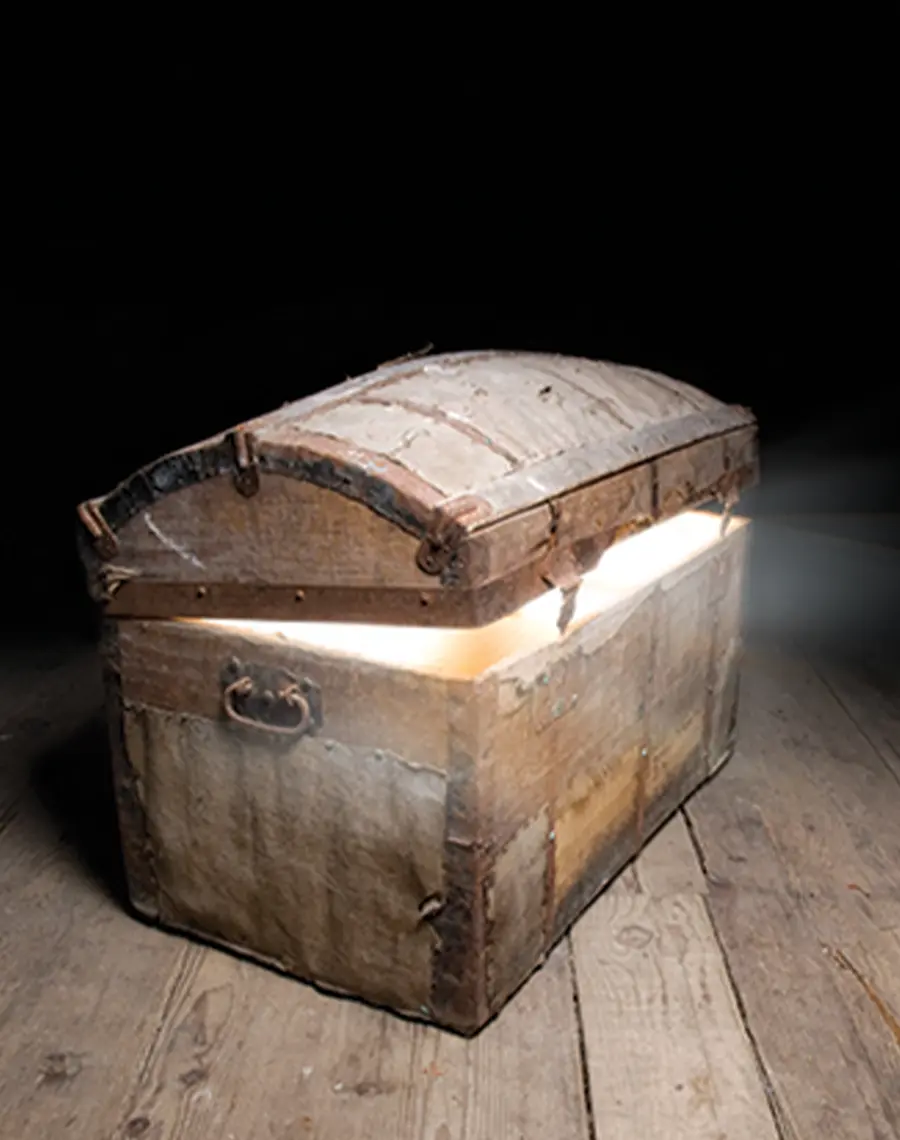
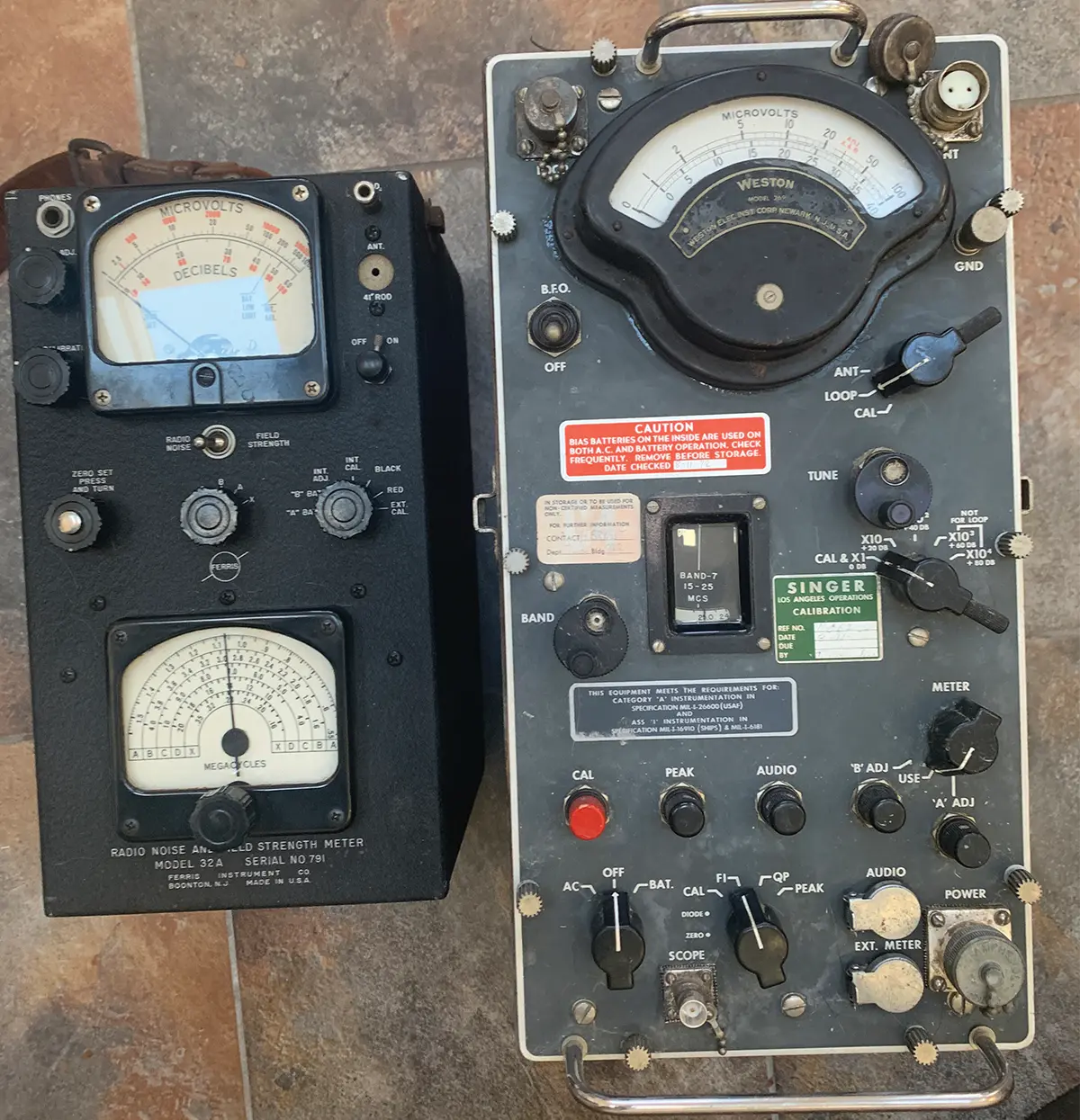
he ubiquitous 41” rod antenna has been used to measure electric fields below 30 MHz for over seven decades. Most EMC engineers know that the effective height of an electrically short whip is precisely half its physical length. But the effective height or length of the 41” rod element is taken to be a half-meter. Given that a meter is not 41 but 39.37 inches, there appears to be a small discrepancy.
Similarly, the capacitance of a short whip is a function of both length and diameter. A capacity of 10 pf is almost universally used for the 41” rod element, but in fact, that is the capacity of a one-meter length whip with 1/8” diameter. Since rod elements are 41” and range in diameter from around ¼” to a centimeter or more, depending on manufacturer, the capacity is always higher than 10 pF.
Time and Frequency Domain Measurements
his article is the first of a two-article series devoted to the topic of crosstalk between PCB traces. This topic was previously discussed in [1] and [2]. In [1], we used a first-generation PCB and concentrated on signal integrity or the time domain measurements. In [2], we used a redesigned PCB to show the time domain impact of the guard trace on crosstalk. This two-article series presents measurements taken with a third-generation PCB. These measurements were taken both in the time domain using an oscilloscope and in the frequency domain using a near-field H probe. In Part 1 of the series, we vary circuit topology, i.e., the distance between traces and the distance to the ground plane. Both the time domain and frequency domain measurements show (for the topologies tested) that bringing the ground plane closer to the signal plane has a larger impact on reducing crosstalk than increasing the distance between traces. In Part 2 (to appear in the next issue), we investigate the impact of guard trace on crosstalk reduction, both in time and frequency domains.
ue to the proliferation of wireless applications ranging from cellular and automobile communication systems to the Internet of Things, RF switching and tuning solutions continue to provide challenges for both device and system-level ESD protection. Most of the RF switching that is needed is built in the silicon-on-insulator (SOI) process technology, as shown in Figure 1. Thin-film SOI provides the substrate that enables both the high RF performance and the transistor isolation needed for high-power RF signal processing. One of the intrinsic advantages of the SOI RF switch is the self-protection it can provide for device-level ESD threats [1]. Furthermore, when properly co-designed with the system-level ESD protection, the SOI switch can contribute to the protection of the total antenna system.
Understanding this self-protection mechanism and then successfully modeling it is critical for the SOI switch circuit designer. The turn-on mechanism for the switch in an ESD event is actually the synergy of two mechanisms [2,3]. The large gate resistance (RG) and the gate capacitance (CGD) result in an RC time constant that is sufficiently large that, when the ESD pulse strikes the switch, the switch transistor gate couples up, turning the transistor array on. Assisted by this channel current and initiated by the avalanche breakdown at the transistor drain, the parasitic bipolar turns on, providing the secondary ESD protection mechanism. The TLP plot of the response of a single stack switch to the ESD pulse, as well as the dual protection mechanism, is shown in Figure 2. In Figure 2(a), the gate bias during the TLP testing was 1V.


Since the beginning of the nineties there have been warnings not to sue mobile phones in the vicinity of medical devices. Functional failures of dialysis machines, respirators and defibrillators prompted the banning of their use (mobile phones – Editor) in many hospitals in Scandinavia, and then in other countries. Since we believe that a general ban in hospitals is problematic, we decided to investigate the influence of mobile telephone on life-saving and/or life-support systems, with the aim of establishing rules for its use in hospitals…
- Electrocardiogram traces–interference caused baseline noise (generally not severe enough to be clinically relevant) [5]
- Defibrillators–affected by screen judder; with more powerful phones the units switched off, changed input selection, dumped their stored energy, and displayed asystole incorrectly [4]…
You can do that here.
View Index


